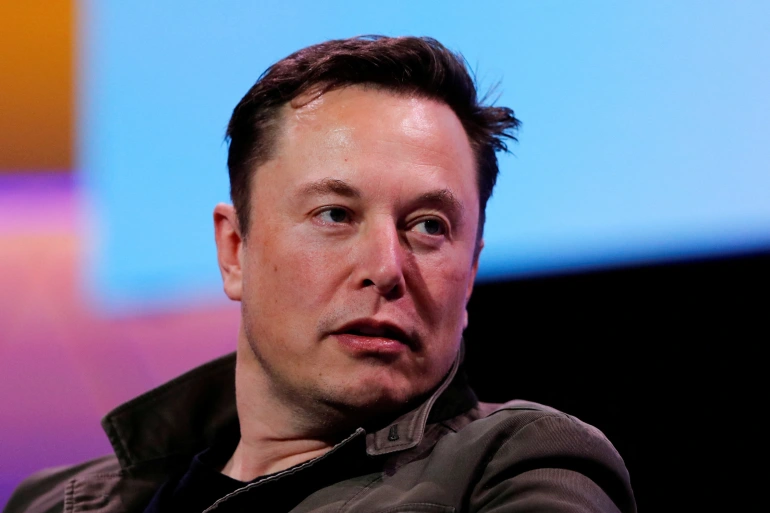Elon Musk and his Twitter advisory board have been analysing potential possibilities for layoffs and other policy adjustments, and they’ve also noted that the specifics of the headcount decrease may yet alter. According to insiders, in one scenario under consideration, laid-off employees would be provided with 60 days of severance compensation.
Following his $44 billion acquisition, Elon Musk intends to slash roughly 3,7000 workers at Twitter Inc., or half of the social media company’s staff, in order to reduce costs.
According to insiders who requested anonymity because they were discussing private plans, Twitter’s new owner intends to inform affected staff on Friday. Additionally, Musk wants to change the company’s current work-from-anywhere policy, which requires that staff come into the office, with some possible exceptions, according to sources.
The parameters of the workforce decrease could yet alter, according to Musk and his team of advisors, who have been considering various possibilities for job cutbacks and other policy changes at San Francisco-based Twitter. According to two insiders, in one scenario under consideration, employees who were laid off would receive 60 days of severance compensation.
According to sources, one of the final pre-Musk C-suite officials to quit Twitter was Chief Accounting Officer Robert Kaiden, who left the firm after the layoffs were over. There was a delay in getting a response from a Twitter representative.
Musk is being pushed to find methods to reduce expenses in a company he believes he overpaid. The billionaire decided to pay $54.20 per share in April, just as markets were collapsing. He then made months-long attempts to cancel the transaction, saying that the business had deceived him about the prevalence of bogus accounts. After Twitter sued Musk for failing to uphold their agreement, Musk finally relented and agreed to consummate the deal under the parameters set forth in the lawsuit. On Thursday, the take-private deal was concluded.
Employees at Twitter had been preparing for layoffs since before Musk took over and instantly fired a large portion of the top executive team, including CEO Parag Agrawal, finance director Ned Segal, and senior legal staffers Vijaya Gadde and Sean Edgett. Leslie Berland, the chief marketing officer, Sarah Personette, the chief customer officer, and Jean-Philippe Maheu, the vice president of global client solutions, all left their positions in the days that followed.
In his social media bio, Musk referred to himself as “Chief Twit.” Bloomberg had previously stated that he would act as the CEO-in-waiting. In addition, he eliminated the board of directors for the corporation and took over as single director, later saying it was “just temporary.”
Several director and vice president workers were fired over the weekend, according to persons with knowledge of the issue. The sources claim that other leaders were requested to compile lists of team members who might be let go.
This week, an individual with knowledge of the issue claimed that top members of the product teams had been instructed to strive for a 50% workforce cut. Engineers and directors from Tesla Inc., which Musk also owns, examined the lists. The sources claim that layoff lists were made and graded based on people’s contributions to Twitter’s code throughout their employment with the firm. Both Twitter executives and Tesla staff provided evaluations.
Concerns regarding significant labour reductions surfaced prior to Musk’s buyout when prospective investors were informed that he intended to reduce by 75% the employment, which was estimated to be 7,500 at the end of 2021. Later, Musk disputed the severity of the layoffs.
Musk has previously made hints about his hiring objectives, indicating he wants to concentrate on the main product. “Software engineering, server operations, and design will rule the roost,” he tweeted at the beginning of October. Musk is also working to boost sales. Soon, the business will start charging for verification.
The badges will be a part of a $8 monthly membership, according to people familiar with the plans, which may launch as soon as Monday. One of the sources who asked anonymity to discuss ongoing plans said that users who already have a blue verification badge will have a number of months of grace period before they must either pay for it or lose it.
